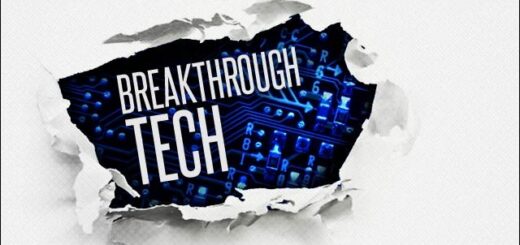Unleashing the Power of IoT in Electronic Waste Management
Introduction:
– E-waste emerges as a global environmental concern due to rapid technological advancements.
– The Internet of Things (IoT) offers innovative solutions for efficient, transparent, and sustainable e-waste management.
Tracking and Monitoring:
– IoT enables real-time tracking of electronic devices throughout their lifecycle using sensors and RFID tags.
– Informed decision-making for manufacturers, recyclers, and regulators through data analysis.
Smart Bins and Collection Points:
– IoT-integrated smart bins optimize e-waste collection by autonomously determining fill levels and recording device types.
– Promotes responsible disposal, reduces costs, and optimizes collection routes.
Reverse Logistics:
– Streamlines reverse logistics with IoT-enabled tracking of returned devices, optimizing transportation routes and reducing carbon footprints.
Predictive Maintenance:
– IoT facilitates predictive maintenance in recycling facilities, minimizing downtime and reducing maintenance expenses.
– Ensures recycling facilities operate efficiently, enhancing e-waste processing capacity.
Data Analytics for Decision-Making:
– IoT-generated data analyzed for informed decision-making in optimizing recycling processes and designing sustainable products.
– Assists policymakers in formulating impactful regulations for the electronics industry.
Environmental Impact Assessment:
– IoT devices provide real-time environmental impact assessments near recycling facilities, monitoring air and water quality.
– Aids in developing greener and more sustainable e-waste management strategies.
Conclusion:
– Embracing IoT in electronic waste management is imperative for a sustainable future.
– Establishes a connected and intelligent system optimizing the entire lifecycle of electronic devices. – Promotes responsible consumer behavior and fosters innovation within the electronics industry, paving the way for a circular economy.
by Dr. Rakhi Bhardwaj


